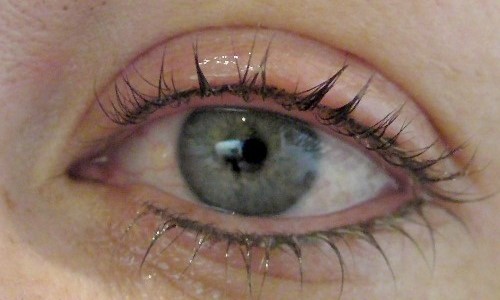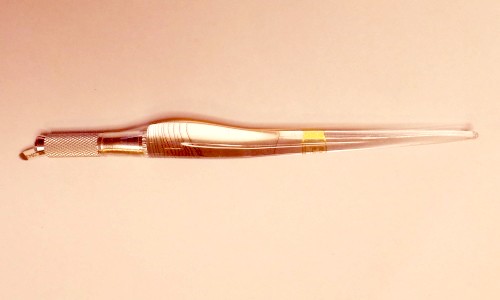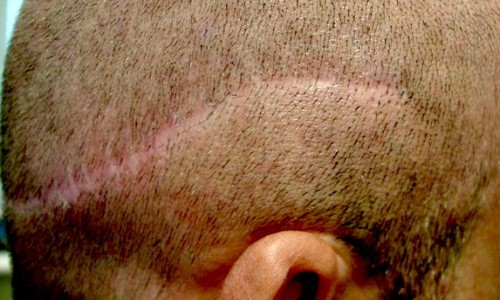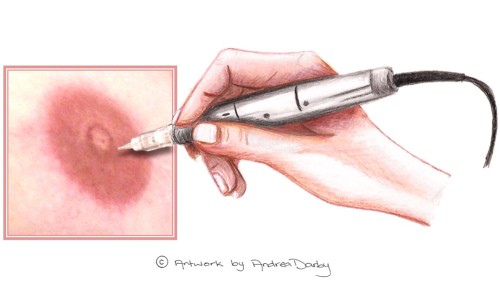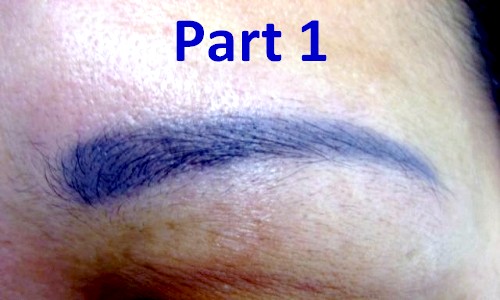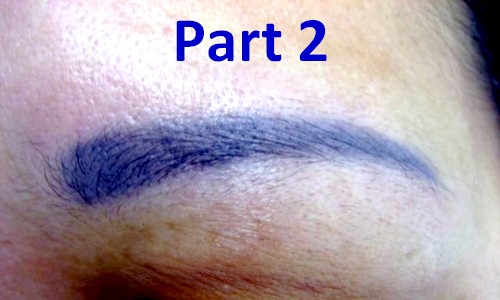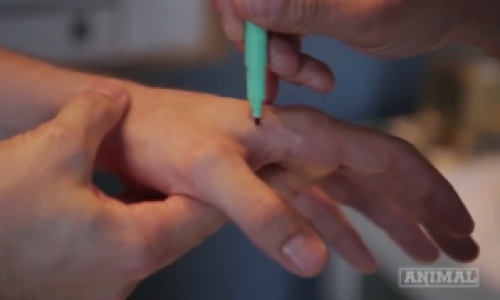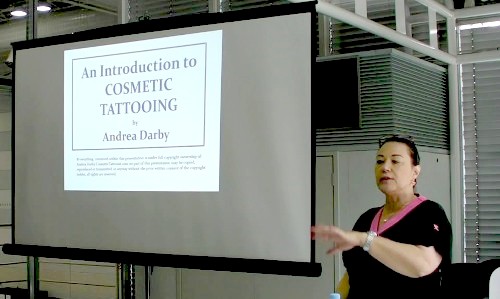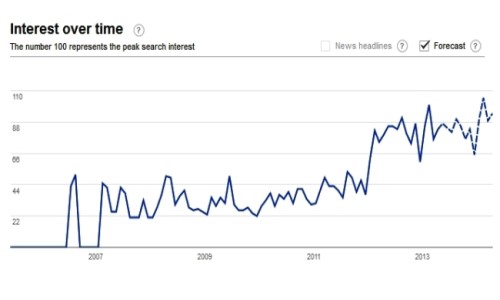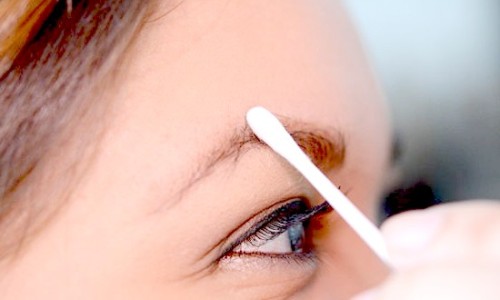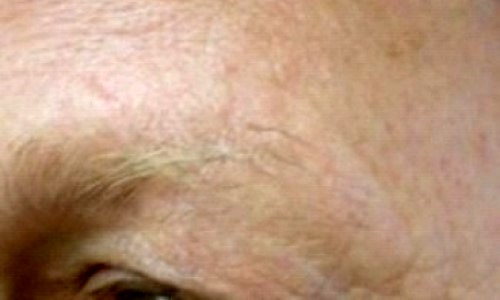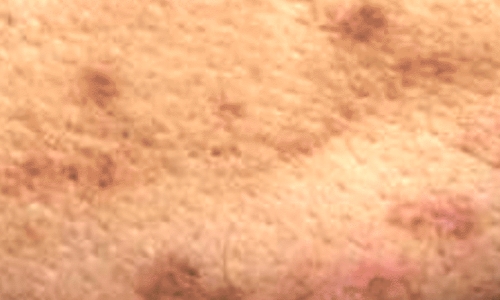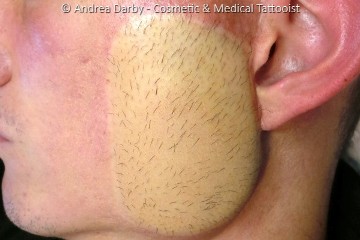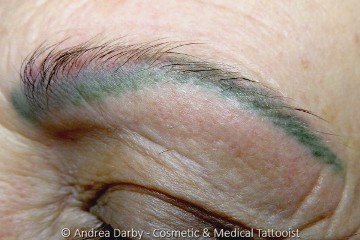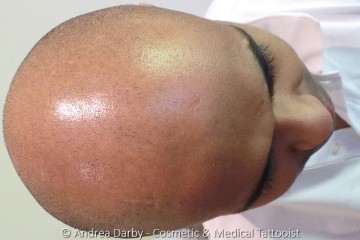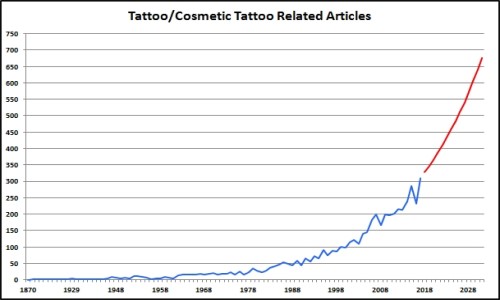Cart is empty
Cell Phone Vibrating Tattoos
16/08/2013
by Andrea Darby - Master Medical Tattooist & Industry Educator
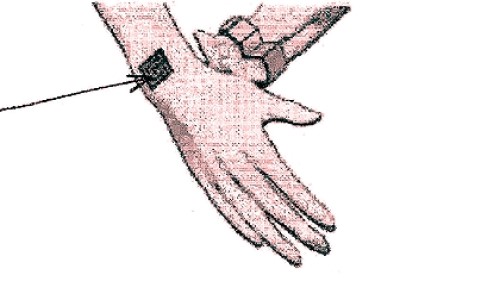
It seems that the engineers at Nokia might concur with the Diametric Particle Agitation (DPA) hypothesis that was published here on CTshop.com.au.
▼ Continue Reading ▼|
Nokia have filed for 2 patents (pdf link) with the U.S. Patent and Trade Office detailing how either an adhesive skin patch or a tattoo containing ferromagnetic material could be used to create skin sensations that would alert the user to an incoming call or message to their cell phone or even that their battery was getting low on power.
The patent application says "The magnetic field, when detected by the apparatus, will cause a different effect based on its characteristics," & "For example, the magnetic field may cause vibration of one short pulse, multiple short pulses, a few long pulses, a mixture of short and long pulses, strong pulses, weak pulses, and so on." For some this may all seem like science fiction but if a company as big as Nokia is filing for patents then its time to sit up and take notice.
Nokia's patent suggests using magnetic ink, containing compounds such as iron oxide. Prior to usage, the ink would be heated to a high temperature to temporarily demagnetize the particles. After getting the tattoo, the user then re-magnetises the image with an external magnet source. No mention could be found within the application about possible MRI effects if tattoo pigments containing highly magnetic particles were used. For some the idea of having a communication device within a tattoo might seem far too invasive but just like all other forms of technology there will be other early adopters who will lining up to be among the first to have the latest communication gadget.
Original publication date: 16/08/2013 Copyright © 2013 CTshop.com.au & the article author All Rights Reserved. No copying, transmission or reproduction of site content is permitted without our prior written consent.
Printing Restriction: This article is print disabled, please read our Intellectual Property & Copyright Policies if you would like to request a copy or permission to use the article content for any purpose. |
Main Menu
- Eyeliner Tattooing vs Dry Eye
- MicroBlading - First Things First
- Cosmetic Tattoo Training Standards
- Carcinomas in Tattoos a Statistical Anomaly
- Lash or Brow Growth Enhancing Serums & Tattooing
- What Influences the Colour of a Cosmetic Tattoo?
- Hygiene Protocols Update : Surface Cleaning Wipes
- Preventing & Managing Disputes
- Warm vs Cool Colours
- Age of The Alpha Metrosexual
- Who Will Buy a Poorly Iced Cake?
- Australia now has a Board Certified MicroPigmentation Instructor
- Robot Tattooists?
- Postcards From Birmingham
- The SCAPP Scale - Personalising the Micropigmentation Service
- How to Choose Your PMU Artist
- Scalp MicroPigmentation - More Than Just Ugly Scars?
- Permanent Eyeliner - Avoiding Complications
- Personal Protective Equipment - Are You Covered?
- 3D Nipple Tattooing a New Service?
- Why Do Cosmetic Tattoos Change Colour? - (Part 1)
- Why Do Cosmetic Tattoos Change Colour? - (Part 2)
- Smart Tattoos Are They The Future?
- Presentation: Adding Cosmetic Tattoo to Your Salon
- Cell Phone Vibrating Tattoos
- UK Survey - One Third Regret Their Body Art Tattoo
- Collaborating & Consulting with Dr. Linda Dixon
- Stem Cell Research - Inside the Lab
- When Marketing Via News Media Goes Wrong
- Client Pre-Treatment Screening Questionnaire
- Permanent Makeup Google Search Trends
- Potential Causes of Nosocomial Type Infections in the Salon-Clinic Setting
- Topical Anaesthetics & Cosmetic Procedures
- Introduction to the Fundamentals of Colour Perception
- Clients With Unexplained Loss of Outer Eyebrow Hair
- Hyperpigmentary Skin Conditions & Cosmetic Tattooing
- Cosmetic Tattooing & MRI’s - Diametric Particle Agitation Hypothesis (DPA)
Site News Selection
Educational Article Selection
Regulatory Article Selection
Client Case Studies Selection
Science Library Selection
Complete regrowth of hair following scalp tattooing in a patient with alopecia universalis
31/01/2023
Atypical Intraepidermal Melanocytic Proliferation Masked by a Tattoo: Implications for Tattoo Artist
20/09/2018
Chemical conjunctivitis and diffuse lamellar keratitis after removal of eyelash extensions
26/08/2018
Scarless Breast Reconstruction: Indications and Techniques for Optimizing Aesthetic Outcomes
07/04/2018
High speed ink aggregates are ejected from tattoos during Q‐switched Nd:YAG laser treatments
28/03/2018
Unveiling skin macrophage dynamics explains both tattoo persistence and strenuous removal
08/03/2018
Granulomatous Tattoo reaction with Associated Uveitis successfully treated with methotrexate
08/02/2018
Identification of organic pigments in tattoo inks & permanent make-up using laser mass spectrometry
07/02/2018
Microbiological survey of commercial tattoo and permanent makeup inks available in the United States
03/02/2018









